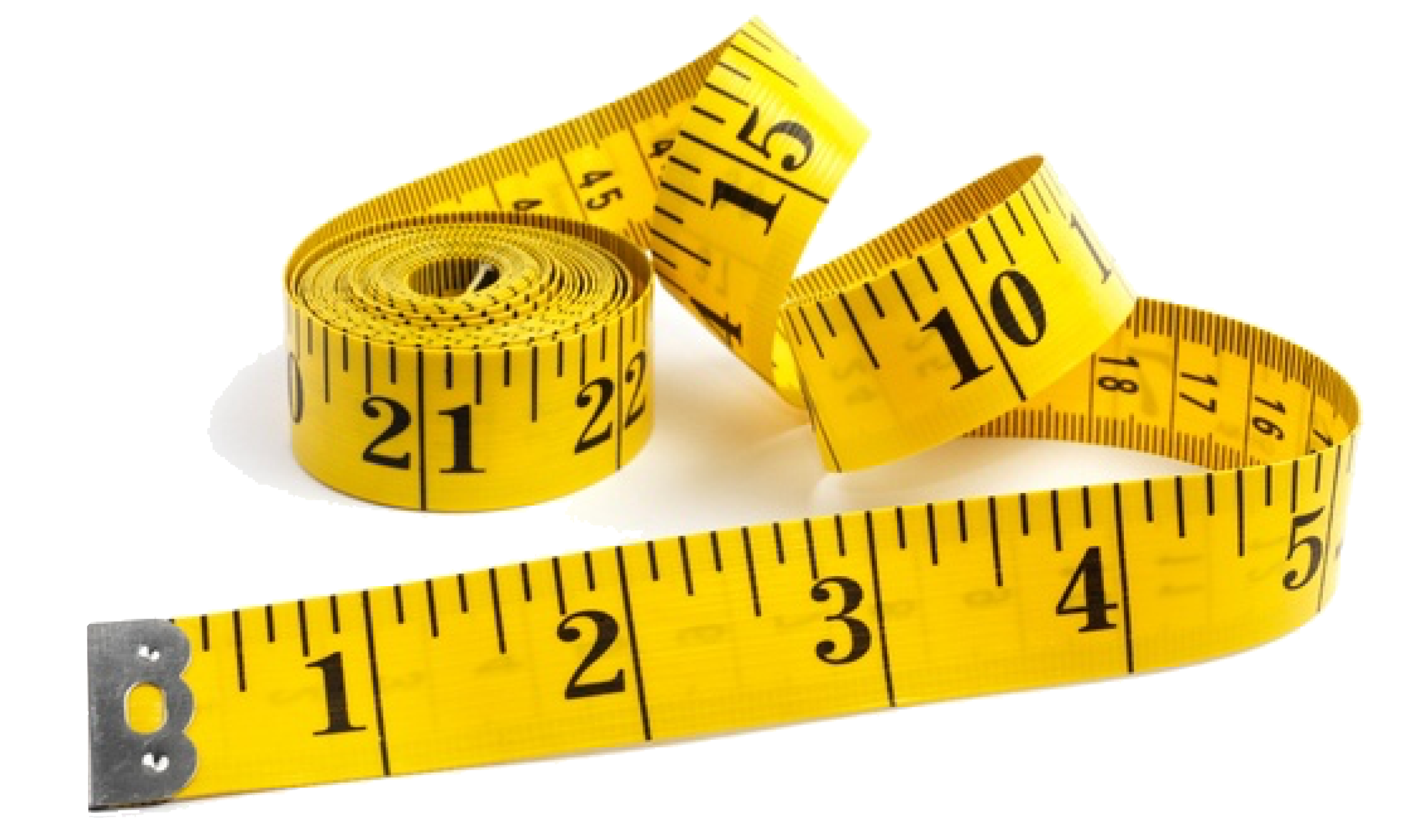
When you’re first selecting a cooling tower, it’s important to know some of the basic functions regarding how it works and factors that affect its performance, so you can make an educated decision when it comes to selecting size and type. Sometimes selecting a size is an easy process if your cooling needs is for one piece of equipment with a known heat load (BTU/HR).
However, if you are in charge of an industrial power plant, you will most likely select a larger cooling tower. Often the cooling tower is cooling several pieces of equipment which requires multiple calculations. In large HVAC applications the building size and capacity is utilized along with the local environment to determine the needed capacity.
One of a cooling tower's main functions is to reject heat into the atmosphere by removing the heat from cooling water. They are one of the most efficient and reliable cooling methods for cooling large structures, such as chemical plants and power plants.
Many different types of cooling towers are used for various cooling needs.
These include:
It is important to understand the performance of cooling towers. As time goes on, you’ll want to know if your tower is performing efficiently, so you’ll want to know how to calculate cooling tower capacity as well as some other parameters.
You should be aware of the cooling tower’s design parameters:
Cooling tower capacity calculation is important because it helps you select the right model from water cooling tower manufacturers. Knowing the nominal cooling load, along with the desired approach, enables you to determine the correction factor, so you know which cooling tower will work for your specific industry. As a cooling tower is an investment you’ll own for many years, you want to make the correct choice.
To learn more about sizing and selecting, and cooling tower capacities, or if you need repair or regular maintenance on your tower, contact Delta Cooling Towers, Inc. today. We have modern, corrosion-resistant designs, towers constructed with high-density polyethylene, and offer a 20-year warranty.
From our low maintenance design to our manufacturing process to excellent customer service, we're sure you'll be pleased with our superior cooling towers, every step of the way. Get a quote